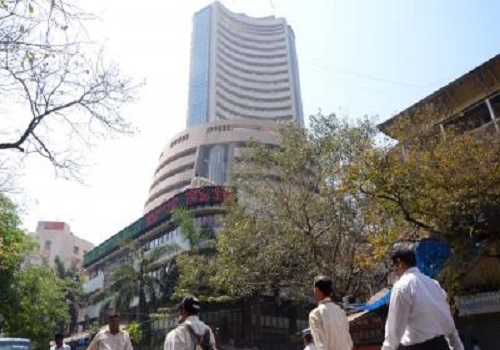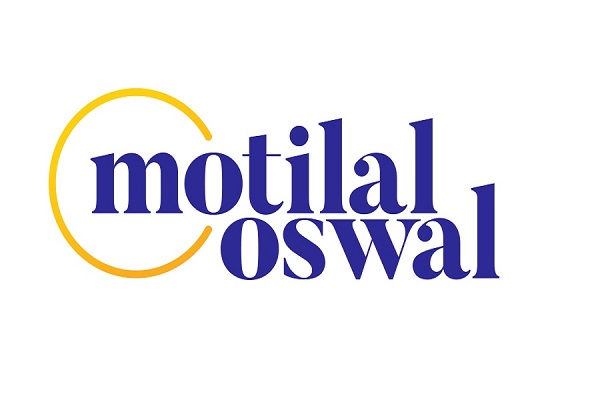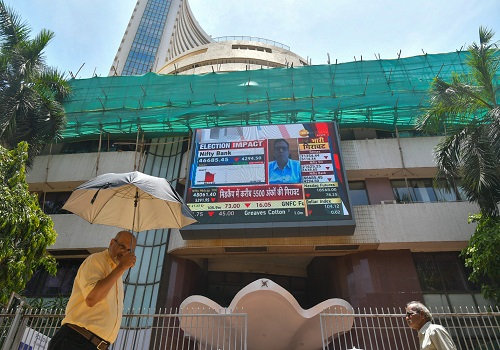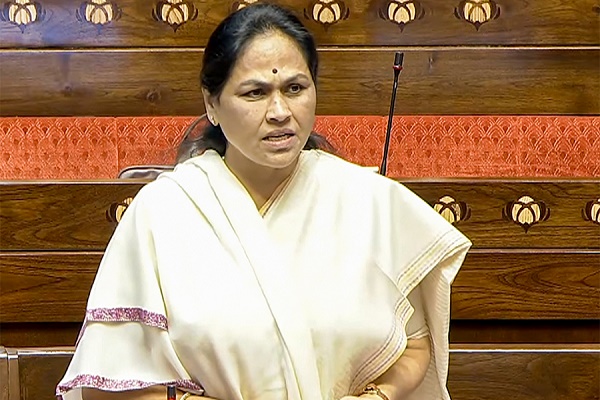Q1FY26 Earnings Preview - Banks, Financial Services & Insurance (BFSI) by Axis Securities Ltd

Banks and SFBs – NIM Compression Sharp; Earnings Momentum Derails
The systemic credit growth (as of 13th June, 2025) has derailed to <10%. This can be attributed to a meaningful slowdown in the unsecured loans amidst continued asset quality challenges alongside banks, mainly private banks, intending to bring down their LDRs to a balanced level. We expect the bank under our coverage to deliver ~11% YoY credit growth, marginally ahead of industry growth. We would watch out for management optimism on growth pick-up likely in H2FY26 and commentary on expected recovery in the unsecured segments, particularly MFI and Credit Cards (CC). The systemic deposits growth of ~10.4% as of 13th June, 2025, with growth largely led by TDs. However, banks continue to struggle in CASA deposit mobilisation. For our coverage universe banks, we expect the pace of deposit mobilisation to keep pace with credit growth, thereby delivering a growth of ~12% YoY, led by TDs.
With the RBI cutting the repo rate by 100bps over Feb-Jun’25, banks, especially private banks, have been leading the rate cut transmission cycle and have cut both SA/TD rates. On the contrary, certain PSU banks have kept their deposit rates unchanged so far. Systemic liquidity has been in surplus throughout the quarter, as against being in deficit in Q4FY25 and has thus facilitated faster transmission of rate cuts. With advances repricing faster than deposits, yield pressures will emerge. Thus, NIM contraction during the quarter for most banks is imminent; however, the quantum of margin compression is expected to vary based on loan mix composition, quantum of deposit rate cuts taken, and strength of the liability franchise and its mix. NIM pressures will continue into Q2FY26E and are expected to stabilise from H2FY26E onwards.
We expect private banks (ex-SFBs) to witness a 12-16bps margin contraction during the quarter. On the other hand, PSU Banks are expected to see a lower NIM contraction owing to a lower share of EBLR loans, ranging between 10-12bps. SFBs under our coverage are likely to report NIMs contraction of 20bps (+/-2bps).
This would be driven by higher interest reversals and portfolio mix shift towards lower-yielding secured segments. Thus, we expect NII growth for our banking universe to be weak at 3% YoY and to de-grow by ~1.3% QoQ.
We expect fee income to mirror loan growth and will de-grow significantly after a strong Q4. Treasury income is expected to be healthy for banks and should support non-interest income growth. Opex growth should remain controlled with conscious efforts by banks. However, weak top-line growth with margin pressures visible would result in opex ratios appearing elevated. Thus, we expect PPOP growth for banks under coverage to be weak and decline by 6% QoQ but grow modestly at ~5% YoY.
Apart from banks with a higher exposure to unsecured segments, particularly MFI and CC, we expect most banks to report under-control slippages and steady asset quality trends. However, certain mid-sized banks and SFBs will continue to grapple with stress in their unsecured loan portfolios, resulting in higher slippages and asset quality headwinds. The collection trends across geographies and especially in the troubled geographies of KA and TN have seen slight improvement for certain banks. Thus, we expect credit costs to come off slightly on a sequential basis, though they will continue to remain elevated over H1FY26. We expect provisions to remain broadly flattish QoQ (marginal 1% decline QoQ). Thus, earnings will remain under pressure, de-growing at 7% QoQ and flat YoY during the quarter.
We expect a tough H1FY26 for the banking pack, and the key points for discussion would be (i) Comments on credit growth resuming, (ii) Comments on easing of asset quality concerns in the unsecured segments and credit costs tapering, and (iii) NIM trajectory.
NBFCs – Better than Banks, But Still Not Encouraging!
Overall, for NBFCs under our coverage, we could expect disbursement momentum to decelerate sequentially owing to seasonality. However, we expect AUM growth to remain fairly strong for most financiers with our coverage universe NBFCs reporting AUM growth of 21/5% YoY/QoQ, primarily driven by vehicle financiers (+19% YoY) and diversified financiers (+24% YoY). Margins are expected to remain steady for Housing financiers and Diversified financiers. However, for Microfinanciers and Vehicle Financiers, we expect NIMs to improve, backed by a combination of multiple factors such as lower interest reversals, easing of excess liquidity, and marginally lower CoF. Gold financiers are likely to continue to face margin pressures. We bake in a healthy 16/4% YoY/QoQ NII growth for our coverage NBFCs. We believe commentary on growth visibility, asset quality movement, and the impact of rate cuts on margins would dominate the discussion during the quarter. Following the seasonal trends, asset quality is expected to see some pressure for most players.
We expect the disbursement momentum to decelerate QoQ for Affordable Housing Financiers under our coverage. While CANF’s unimpressive AUM growth (~9% YoY) run would continue, APTUS will continue to maintain its healthy AUM growth momentum at ~25% YoY. We expect both housing financiers to report a steady to slight improvement in margins during the quarter.
We expect disbursement growth for Vehicle Financiers to remain healthy (YoY), translating into strong AUM growth of ~19/4% YoY/QoQ. In terms of margins, both CIFC and SFL are likely to report margins moving with a positive bias. We remain watchful of delinquency trends and asset quality. Credit costs are likely to remain steady QoQ. We expect both CIFC and SFL to deliver a healthy earnings growth.
Gold Financier under our coverage (Manappuram) is expected to report muted AUM growth attributed to the slowdown in MFI; however, gold loan book growth is likely to be healthy. Pressure on consolidated yields from elevated slippages, along with little or no help from CoF easing, would weigh on NIMs. Elevated credit costs will continue to weigh on earnings.
Microfinance – Decisive Signs of Stress Receding Will Be Positive!
We expect disbursements to be better for a seasonally weak Q1; however, GLP growth is expected to remain weak. Margins are likely to expand during the quarter on easing CoF. CAGrameen’s exposure to Karnataka (KA) and Tamil Nadu (TN) would contribute to higher stress amidst challenges on collection efficiency in these states. However, we expect ex-KA states to perform better. During the quarter, slippages are expected to remain elevated, weighing on asset quality. Credit costs will continue to remain elevated, though they will moderate QoQ. Management commentary on growth revival and asset quality headwinds receding remain key monitorables.
Diversified Financials – Credit Card Players and AMCs
Credit card issuer – SBI Cards is expected to witness improved growth in both CIF and spends. Market share improvement is expected both in terms of CIF and Spends. NIMs are expected to remain broadly steady QoQ. Credit costs are expected to remain elevated, though a slight moderation cannot be ruled out. Asset quality is likely to remain stable.
We expect an improved performance from AMCs under our coverage – Nippon Life India Asset Management (NAM), driven by 10% QoQ QAAUM growth, supporting revenue growth despite yield compression. A strong market rally is expected to support other income, thereby supporting earnings
For More Axis Securities Disclaimer https://simplehai.axisdirect.in/disclaimer-home
SEBI Registration number is INZ000161633
























